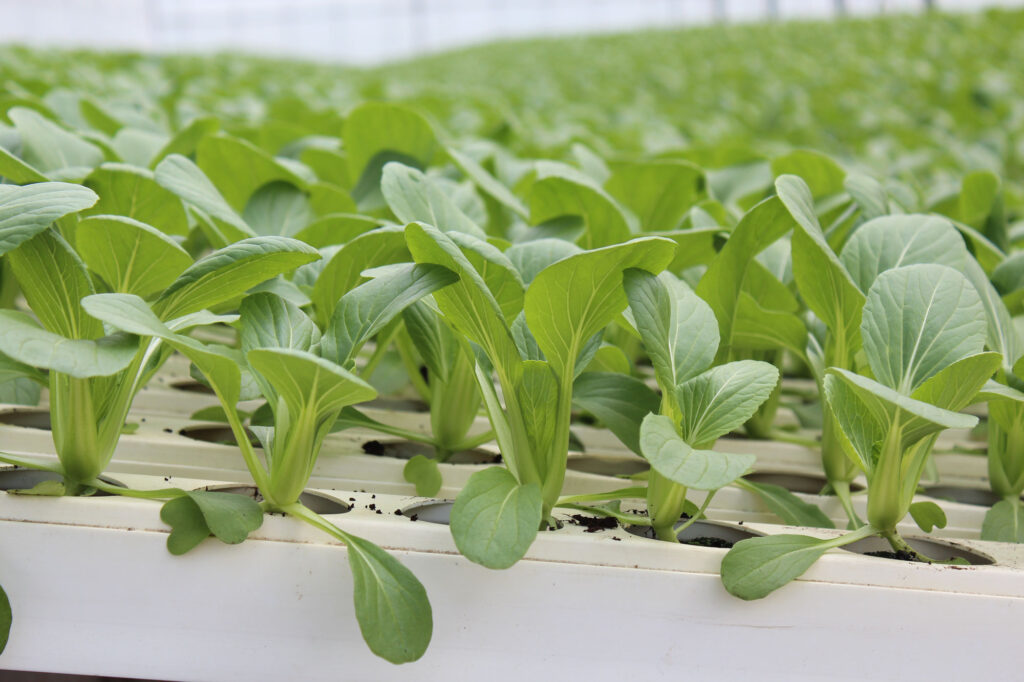It is considered a more efficient and sustainable way of growing crops, using less water and land than traditional farming methods.
A hydroponic farm requires a variety of supplies and equipment to be set up properly. These include tanks, pumps and irrigation systems, as well as lighting fixtures and grow lights. It is also important to find a suitable location for your hydroponic farm.
Nutrient film techniques use an inert material, such as vermiculite or Rockwool, that is placed between the roots of the plants and the soil beneath. This layer prevents the soil from contaminating the hydroponic system, which makes it more resistant to pests and diseases.
Drip irrigation is another popular type of hydroponic system that uses a water pump to distribute nutrients to the plant roots. This allows for precise watering control and increases the efficiency of your hydroponic farm.
Many hydroponic systems are designed to produce high yields, but it can be difficult to ensure that your crops are receiving enough water. You may need to adjust your irrigation schedules, or you could install an automatic system that releases a certain amount of water at specific intervals.

Hydroponic soil is also more environmentally friendly than traditional agriculture, as it doesn’t require herbicides or pesticides. This means that your produce is more nutritious and healthier for you and the environment.
Choosing the Right Hydroponic Soil Australia
When you are growing plants, you want them to be healthy and vibrant. The best way to do this is by using the right nutrient solution. There are several types of nutrient solution, including liquid fertilisers and foliar feeds. You can also add micronutrients and trace elements to your hydroponic system.
It is a good idea to choose a nutrient solution that will help your plants to grow quickly and efficiently. These products should contain a mix of vitamins, minerals and other compounds that will benefit the plants’ overall growth.
Some of these products are also organic, which means that they are safe for both the plants and the environment. If you aren’t sure what nutrient solution is best for your hydroponic garden, consult a professional.
Keeping Your Hydroponic Soil Clean
You should always wash your soil before you put it in your hydroponic system. Make sure to remove any dirt or debris, as it can cause problems for your plants. It is also a good idea to clean your soil before potting it up, as contaminated soil can affect the health of your plants.
The process of growing plants in a nutrient solution is more complex than growing them in soil, but it is worth it for the benefits. It allows you to avoid many of the issues that affect soil-grown plants, such as cutworms and soil-borne diseases. It is also easier to control the nutrients that your plants receive, which can ensure optimum growth.
Hydroponic solution Australia is a popular way to grow plants indoors, without the mess of soil. This method of growing plants is ideal for both home gardeners and those who are looking to earn some extra cash by selling their produce.
Whether you’re new to the world of hydroponics or have been in the business for some time, the key to keeping your plants healthy and producing high yields is making sure they are supplied with the correct nutrients at all stages of their growth cycle. Our range of hydroponic solution is made up of the best nutrient solutions from around the world to ensure that you get the most out of every plant that you grow in your system.
The right nutrient is essential for ensuring that your plants develop to their maximum potential throughout veg and flowering, and we stock the best hydroponic nutrients available in our shop online. From a simple two-part veg base to a complete bloom formula, there is a nutrient that will work for you, no matter what type of hydroponic system you use.
If your nutrient is too alkaline, it will suffocate your plants and make them sick. The optimal pH range for most hydroponic crops is 5.5 to 6.0, but it’s important to test your nutrient before using it.
You may also need to change the pH of your nutrient solution regularly to keep it in check. The easiest way to do this is to add a product to your nutrient reservoir that acts as a “pH up” or a “pH down” product. These products can be purchased in liquid or dry form, and should be used according to the instructions on the label.
pH is a measure of the amount of hydrogen in a liquid, and is used to determine if a nutrient is neutral or acidic. The normal pH range is 7.0, but it’s possible to create a more alkaline solution by adding inorganic salts. The best approach is to start with a water that has a pH of 7 and then gradually adjust the pH levels of your nutrient solution to get it within a healthy range for your specific plants.
The pH of a nutrient solution is affected by the presence of inorganic salts and other substances, such as gravel, which act as a buffer. As the nutrient solution travels from the supply reservoir to the grow beds, it changes the pH of the water, so you should test your nutrient solutions and adjust them accordingly.
The pH of a nutrient solution can also be influenced by the type of substrate being used in your system. If you’re using rocks, gravel, perlite or coco as a substrate, the substrate can act as a natural buffer, which means that the pH of your nutrient solution will be higher than in a media-based hydroponic system. A recirculating hydroponic system, on the other hand, will allow for consistent pH levels to be maintained.
A key ingredient that many hydroponic nutrient products contain is calcium salts, which are added to increase the pH level of the solution, thereby reducing the acidity of the water. The pH levels that are optimal for different hydroponic crops vary, so it’s important to test the pH of your hydroponic solution before using it.
